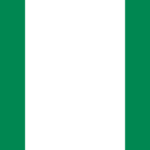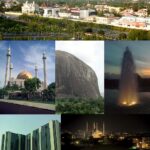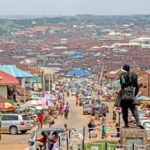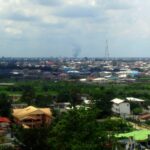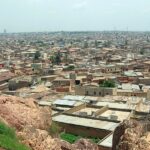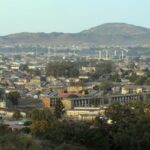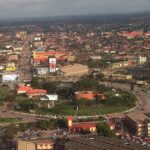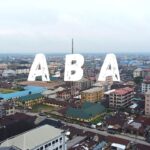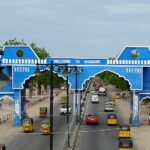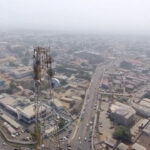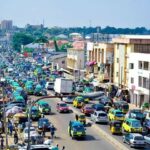Zaria
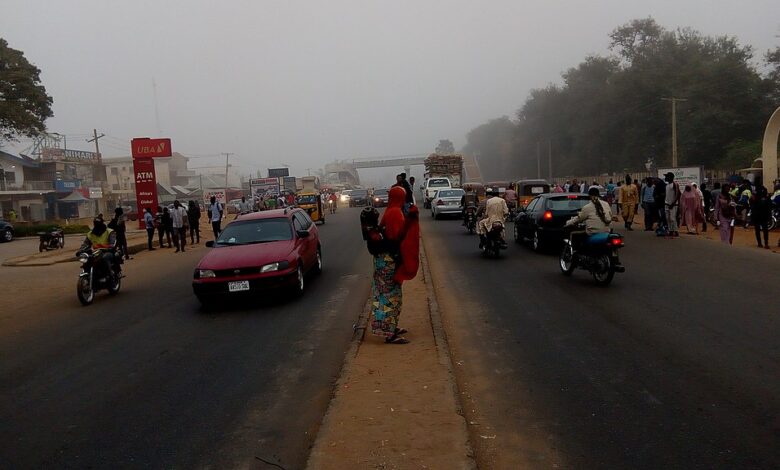
Zaria, situated in the north-central region of Nigeria within Kaduna state, is a city positioned along the Kubanni River, a tributary of the Kaduna River. It functions as the central hub for the Zaria Local Government Council and the traditional Zaria emirate. The city, accessible by road, rail, and a nearby airport to the northwest, comprises distinct areas, including the ancient walled town, Tudun Wada, Sabon Gari, and a township catering to the non-African community.
Historically, Zaria traces its roots back to around 1536 and evolved into the capital of the Hausa state of Zazzau in the late 16th century. Both the town and the state derive their names from Queen Zaria, the younger sister and successor of Queen Amina, the ruler of Zazzau.
Modern Zaria hosts a diverse population in its different zones, such as the old walled town occupied by Hausa and Fulani residents, and residential areas like Tudun Wada and Sabon Gari established during the colonial era. The old walls, spanning 15 miles (24 km) with eight gates, enclose a vibrant market on an ancient site.
Economically, Zaria plays a significant role as a collection point for various agricultural products like cotton, tobacco, peanuts, shea nuts, hides, and skins. Processing of cotton, peanuts, and shea nuts occurs locally, with the finished products transported by rail to Lagos for export. The city boasts a thriving market for diverse goods, including sorghum, millet, soybeans, brown sugar, onions, locust beans, baobab leaves and fruit, cowpeas, kola nuts, cloth, cattle, sheep, and goats.
The city’s economic activities have diversified over time, encompassing cotton ginning, leather tanning, cotton weaving, dyeing, railway repairing, furniture making, cloth printing, cigarette and cosmetics manufacturing, and basket making. Zaria gained recognition as the birthplace of the first northern Nigerian newspaper in Hausa, “Gaskiya Ta F: Kwabo” (“Truth Is Worth More than a Penny”), launched in 1939.
Zaria stands out as an educational centre in the northern states, hosting Ahmadu Bello University at Samaru, 7 miles (11 km) west-northwest. The university, founded in 1962, includes institutes dedicated to education, economic and social studies, administration, and health. Samaru is also home to the Institute for Agricultural Research and Special Services (established in 1924) and the Leather Research Institute of Nigeria. Additionally, Zaria features the Nigerian Civil Aviation Training Centre, a branch of the Katsina College of Arts, Science, and Technology, a commercial institute, a fine arts school, and a school of pharmacy.
Map view
More from Wikipedia
| ID |
|---|
| 77151 |
| Name |
| Zaria |
| State ID |
| 294 |
| State Code |
| KD |
| State Name |
| Kaduna |
| Country ID |
| 161 |
| Country Code |
| NG |
| Country Name |
| Nigeria |
| Latitude |
| 11.11128000 |
| Longitude |
| 7.72270000 |
| WikiData ID |
| Q147975 |
